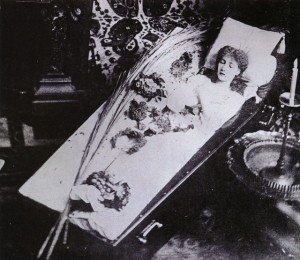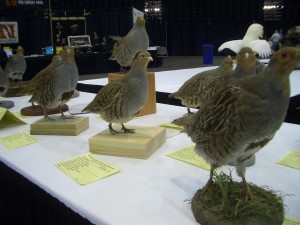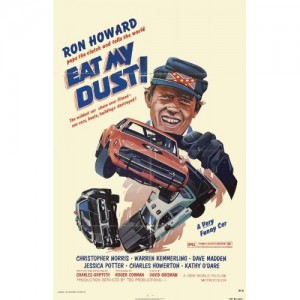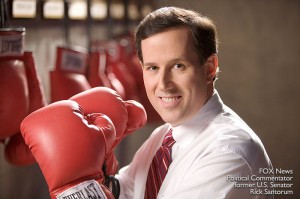 I’m going to try to get some perspective here on what is a tricky issue, and to do it without all the self-important speechifying I’ve been seeing.
I’m going to try to get some perspective here on what is a tricky issue, and to do it without all the self-important speechifying I’ve been seeing.
If this blog is (ha!) your sole source for celeb news, last week Tracy Morgan went off on a bit while doing stand-up about how gays need to stop whining about being bullied, and that if his son told him he was gay, Morgan would stab him to death.
So everyone went crazy, mostly after one gay member of the audience posted (on Facebook, unfortunately, in a note of all things) his summary of the act. It, naturally, was full of outrage.
I was put in this uncomfortable place: 30 Rock is a thing I love as fully and unquestionably as I love my family. It can do no wrong. Also: I’ve in the past had a hard time reconciling how friends could be “fans” of Kobe Bryant even after his calling a ref a faggot. So: What am I to do with my love for the show Morgan stars in?
Here’s what I’m doing:
- I’m remembering that Morgan’s bit was taken 100% out of context. This is important to remember. It’s a stand-up bit. Hearing the thing in the moment of the act is a separate context from reading a paraphrase online. My understanding of comedy is such that I know even the words “I would stab my gay son to death” can be very funny if delivered properly.
- I’m noting that even Morgan himself admitted the bit wasn’t funny.
- I’m letting this remind me that lots of times comics go for sheer shock and inappropriateness, as these moves tend in their unexpectedness to get laffs. Zach Galifianakis is on the cover of the current Rolling Stone with a profile inside where he says essentially the same thing: Being wildly inappropriate is funny.
- All the same, I’m trying to dismiss a lot of the arguments in support of Morgan that come from other straight-male comics. Shut up, dicks. And quit beginning your support of him with that “I abhor violence against gays” bullshit. Of course you do, but you have the luxury of abhorring it in the abstract. It’s not like you ever have to seriously worry about it.
- That said, I thought Louis C.K.’s retweet of @rogerbinion’s reply to C.K.’s own defense of Morgan—”@louisck What exactly is ‘hilarious’ about stabbing a child? Just wondering.”—was itself (i.e., the retweeting itself without comment) very funny.
Watching someone stab a child to death isn’t funny. Nor, of course, is stabbing a child to death. These are awful and inexcusable. They’re maybe the worst things we can do as human beings. But if we’re unable to see how talking directly about some of the worst things we can do as human beings can be funny, we’ve got a problem.
Tracy Morgan’s stupid bit is his problem. Maybe it killed, or got him laffs, but it got him in trouble and he has to deal with it. That he’s an idiot isn’t going to ruin my enjoyment of the show he stars in. That he’s an idiot is sort of why they cast the guy.
I’m reminded of that moment in Wallace’s state fair essay when Native Companion is up in the Zipper, and the carnie dudes are working it such that her skirt is falling down over her upturned body, all so they can get a good ogle. DFW is appalled and indignant. N.C., meanwhile, is having the time of her life. Afterward, she chides the carnies in a way that’s half-joking. DFW is confused. Wasn’t she angry?
I don’t have the essay with me, but her response is something like, “There are idiots in the world. And I’m supposed to let them stop me from having a good time?”
Gay people: smarten up. I’d rather listen to Tracy Morgan talk about stabbing his gay kid for the rest of my life than listen to a GOP presidential candidate tell people that same-sex couples don’t have the right to adopt a child, because adoption is “a privilege that society recognizes because society sees intrinsic value to [straight] relationships over any other relationship.”
The former makes other idiots laugh at what they probably shouldn’t. The latter tries to rationalize denying gay people equal rights. That’s where the real offense lies.
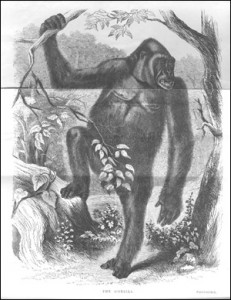 [After the elephant, the gorilla was Carl Akeley’s greatest love. He went to Africa for the fourth time in 1921 to collect three for the American Museum of Natural History, and came back with those three, as well as a new resolve to help preserve the animal. In the mythos of Carl Akeley, this trip was a transformative one, the redemptive act in the narrative of his life.
[After the elephant, the gorilla was Carl Akeley’s greatest love. He went to Africa for the fourth time in 1921 to collect three for the American Museum of Natural History, and came back with those three, as well as a new resolve to help preserve the animal. In the mythos of Carl Akeley, this trip was a transformative one, the redemptive act in the narrative of his life. that came out last year.]




